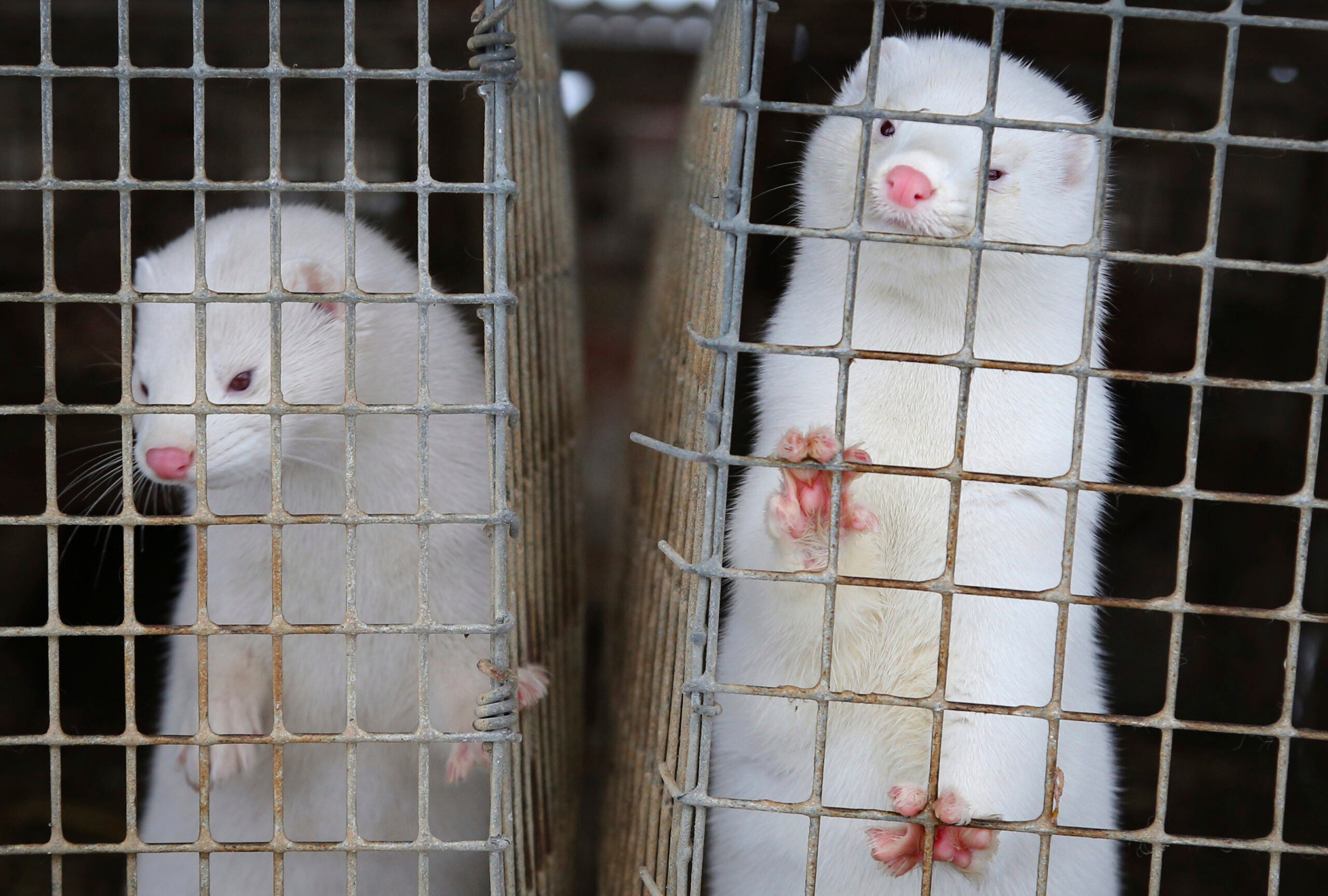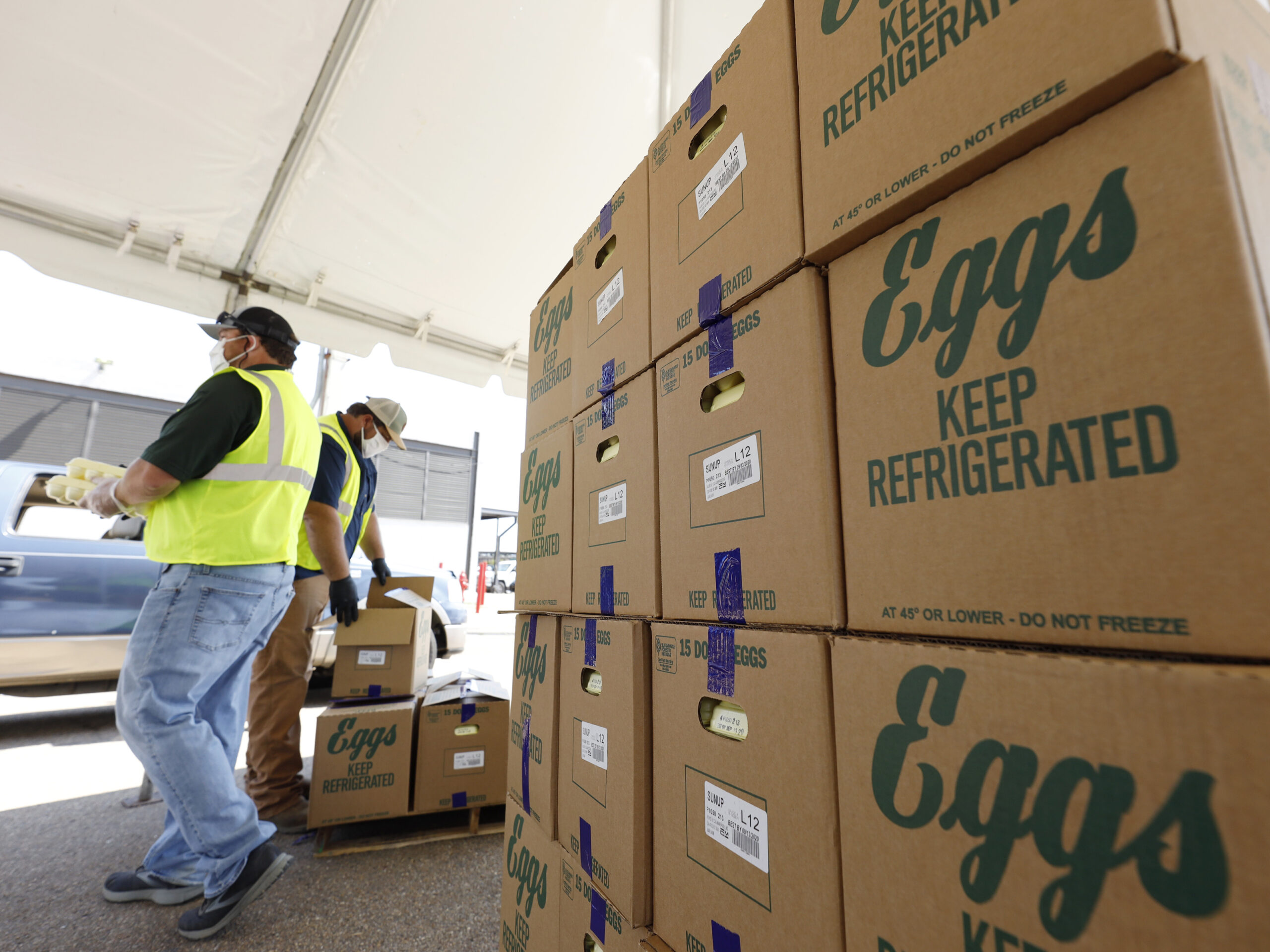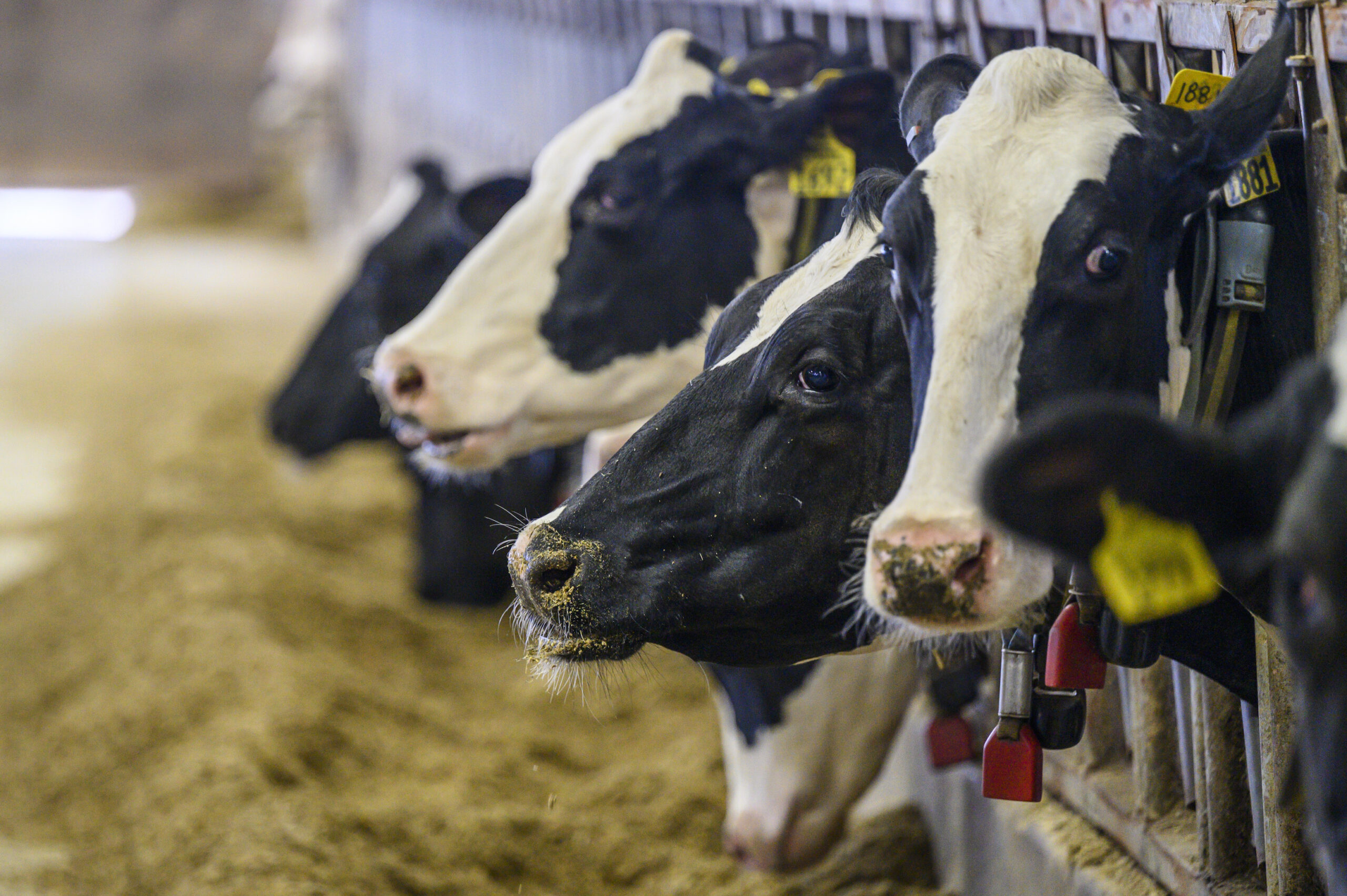While Wisconsin remains the nation’s top producer of mink pelts, production fell by more than 60 percent in the state last year.
That’s according to the latest numbers from the U.S. Department of Agriculture’s National Agricultural Statistics Service.
Wisconsin mink farms produced 403,540 pelts in 2020, a 61-percent decline from 2019.
Stay informed on the latest news
Sign up for WPR’s email newsletter.
Nationally, mink production was down 49 percent in 2020 from the previous year. Wisconsin producers made up almost a third of the total pelts produced.
Dr. John Easley is a veterinarian and consultant for the mink industry in Wisconsin. He said the production decline in 2020 was a result of an economic downturn in the industry that predates the COVID-19 pandemic.
“(Pelt prices) were down for the three years before that. And it just got to the point that people decided that it wasn’t economically significant for them to be in the mink industry anymore,” Easley said.
Michael Whelan, executive director of Fur Commission USA, a mink industry trade group, said an overproduction of pelts around 2012 caused previously high prices to drop. Pelt prices started to fall below the cost of production by 2017.
That forced many producers to make the tough decision to exit the industry in 2019, “pelting out” their farms by selling off all of their mink. USDA data shows a 59-percent decrease in the number of females bred in Wisconsin from 2019 to 2020.
But Whelan said producers did see prices improve last year, increasing about 60 percent from 2019.
“The market seems to be stabilizing. I know in 2021 mink prices have risen again. So it looks like there’s a light at the end of the tunnel and the industry will begin to grow again,” Whelan said.
Easley said the impact of the coronavirus pandemic on the mink industry last year likely contributed to the price increase.
Mink farms in Europe and the U.S., including two farms in Wisconsin, lost thousands of mink from virus outbreaks. Mutations of the virus in mink have also sparked concerns about the threat to humans, leading to calls from animal welfare groups and some lawmakers to end production.
“Some countries’ decision to eliminate the mink industry, basically, in their country greatly reduced production throughout the world. And that will definitely be reflected in prices going forward for a while,” Easley said.
Whelan said he thinks some producers who left the industry may get back into the business now that prices have improved and coronavirus vaccines are available.
But Easley said restarting production isn’t easy. Especially as industry infrastructure like veterinarians and other supporting businesses deal with their own impacts from the previous economic decline.
“As production goes down, then the willingness of other industries to participate goes down because there’s just less market share for them to work with,” Easley said.
Wisconsin Public Radio, © Copyright 2024, Board of Regents of the University of Wisconsin System and Wisconsin Educational Communications Board.






